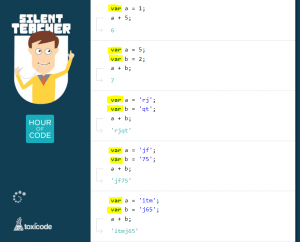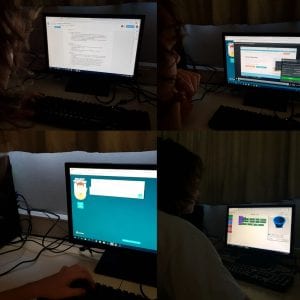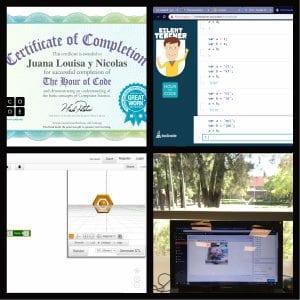1)
Realismo postmoderno:
El término posmodernidad fue en el ámbito del arte utilizado para movimientos artísticos, culturales, literarios y filosóficos del siglo XX. El realismo postmoderno emergió con los Schlegel y el romanticismo alemán y proclama la autonomía del arte respecto de la realidad y del presente. Características:
- Antidualista: A diferencia de la filosofía occidental que creó dualismo, el posmodernismo promueve el pluralismo y la diversidad. Asegura buscar los intereses de “los otros” (los marginados y oprimidos por personas con otras ideologías).
- Cuestiona los textos: Los textos históricos o literarios, no revelan la intención del autor, ni pueden decirnos “qué sucedió en realidad”. Más bien, estos textos reflejan los prejuicios y la cultura particular del escritor.
- El giro lingüístico: El lenguaje moldea nuestro pensamiento y que no hay pensamiento sin lenguaje. Así que el lenguaje crea literalmente, realidad.
- La verdad como perspectiva: No tenemos acceso a la realidad, a la verdad, sino solamente a lo que percibimos nosotros.
La obra “La Lengua de las Mariposas” podría considerarse parte de este movimiento. Para empezar en esta historia se puede ver claramente la característica antes mencionada del antidualismo, ya que la nouvelle se basa en la vida marginada de los republicanos (Ej:Don Gregorio) y que luego de la victoria franquista son perseguidos y oprimidos, por la desigualdad en la ideología política. También podemos encontrar la verdad como perspectiva, pero de una forma menos insinuada. Al igual que las nosotros en este futuro no sabemos exactamente qué pasó en la guerra y juzgamos a base de lo que percibimos, lo mismo le pasa a Pardal (protagonista de la nouvelle) quien a pesar de estar en el momento y lugar preciso de la guerra civil, actúa en base de lo que percibe (Ej: la ira de su padre al final de la historia). Por último, también de forma menos notoria, podemos decir que la cualidad sobre el cuestionamiento de textos se puede interpretar de la siguiente manera: la historia es un texto literario y a su vez histórico, ya que cuenta una situación que pasó en la realidad, por lo tanto no solo nos dice “que pasó en realidad”, sino que también refleja el pensamiento del autor. Esto se vuelve claro a lo largo del cuento, cuando describen a los republicanos como personas cultas que no se dejan manipular (Ej: Don Gregorio como profesor).
2)
- PROTAGONISTAS:
-
- Pardal (seis años):
 Él relata la historia con seis años. Es hijo de un sastre y una madre muy religiosa, además tiene un hermano. Tenía pavor del colegio y en su primera clase la pasa mal y escapa, pero después es bienvenido por el profesor quien lo convierte en un chico aplicado y ávido de conocimiento y con el que irá afianzando la relación a lo largo de la nouvelle.
Él relata la historia con seis años. Es hijo de un sastre y una madre muy religiosa, además tiene un hermano. Tenía pavor del colegio y en su primera clase la pasa mal y escapa, pero después es bienvenido por el profesor quien lo convierte en un chico aplicado y ávido de conocimiento y con el que irá afianzando la relación a lo largo de la nouvelle.
- Pardal (seis años):
-
- Don Gregorio/el sapo:
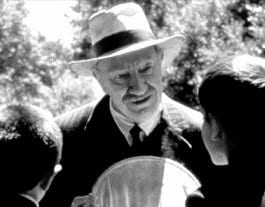 Es el nuevo maestro de Pardal. A diferencia de otros profesores de la época, él no pega y está interesado en que los chicos aprendan y realmente desarrollen curiosidad sobre lo que aprenden. En algún punto de la historia se da a conocer que es republicano y no se deja “comprar” por padres que quieren controlar la vida de sus hijos dentro del colegio.
Es el nuevo maestro de Pardal. A diferencia de otros profesores de la época, él no pega y está interesado en que los chicos aprendan y realmente desarrollen curiosidad sobre lo que aprenden. En algún punto de la historia se da a conocer que es republicano y no se deja “comprar” por padres que quieren controlar la vida de sus hijos dentro del colegio.
- Don Gregorio/el sapo:
- SECUNDARIOS:
- Ramón (el padre, sastre y republicano)
- Madre (religiosa)
- Cordeiro (el recogedor de basura y hojas secas)
- Dombodán (amigo de la escuela)
- Romualdo (alumno que leyó con una voz increíble)
- Amelia (la vecina)
- Suárez (el indiano)
3)
Temas tratados en la nouvelle:
Un tema tratado en “La Lengua de las mariposas” es la relación especial entre un adulto y un menor. A lo largo de la nouvelle y de la película el maestro Don Gregorio y su alumno Pardal establecen una relación amistosa. Los une la pasión por aprender y descubrir de Gorrión y el aporte de las experiencias como maestro de Don Gregorio. Pardal llega a la escuela con las historias de su hermano en la cabeza. Es por eso que la primera vez que ve a Don Gregorio le describe como: “aquel maestro feo como un bicho” y lo apoda el Sapo, ambas ideas se vuelven luego en cosas positivas, el apodo en algo cariñoso y los feos bichos en el tema que más le interesa investigar. Así surge la amistad entre ellos, que se convierte en pasar tardes en el bosque buscando bichos que analizar.
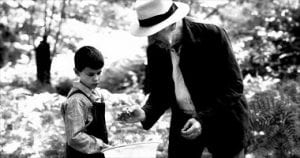
Otro tema tratado es la escuela durante la Segunda República española, cuyo objetivo fue una educación pública, obligatoria, mixta y con determinadas ideologías. La república se propuso llenar las escuelas con los mejores maestros, pero los docentes de la época tenían una educación casi tan miserable como su salario. Se organizaba cursos de reciclaje didáctico para ellos. Más tarde los maestros eran personas cultas , eran los intelectuales del pueblo y aunque vivían con precariedad, ejercieron de una forma digna.
En la película y en la nouvelle, el maestro Don Gregorio es presentado como un maestro diferente a los que eran común en la época. A diferencia de otros maestros no castiga con golpes, sino que con el silencio. Captura a sus alumnos de una forma que parecen estar interesados en aprender. Le gusta enseñar a través de la experiencia y la observación. Esto se puede notar en la nouvelle cuando lleva a sus alumnos a dar clases fuera del aula en la naturaleza o cuando pasa tardes con Pardal en el bosque. Le brinda a sus alumnos un espacio educativo esencial donde pueden desarrollar su asignatura mientras están en contacto con la naturaleza. Otra diferencia es que luego de la escapada de Pardal del colegio en su primer día, Don Gregorio le hace una visita en su casa, le pide perdón y lo invita a la escuela. Esto probablemente no lo haría cualquier otro profesor en esa época.

La infancia durante la Guerra Civil española también es un tema tratado en “La Lengua de las mariposas”.
En la nouvelle se puede ver como la vida de Pardal es constantemente interrumpida por los problemas ocurridos en el país debido a la guerra. Cuando los fascistas ganaron la guerra y comienzan a imponer sus ideologías en España los republicanos, incluido Don Gregorio, son quitados del pueblo en el que vive Pardal con su familia. Claramente se nota que Pardal está confundido cuando llegan los militares en camiones y se llevan a los republicanos para matarlos, y más todavía cuando las personas alrededor suyo empiezan a gritar e insultarlos. Los niños no entendían por qué y seguramente tampoco se les explicaba la razón. La guerra civil afectó a muchos niños porque no pudieron estudiar o muy poco, muchos crecían sin padres o hermanos, y sufrían de traumas. Su infancia durante esta época no fue para nada una infancia ideal.

4)
Tipo de narrador y citas:
La nouvelle está narrada en primera persona. El personaje principal, Gorrión, cuenta la historia como si estuviera relatando un hecho del pasado. Es decir, describe lo que siente y sus pensamientos.
- “Sentí como si me golpeasen con latas en las orejas. “¿Pardal?””
- “Cuando los otros chavales se dieron cuenta, las carcajadas aumentaron y resonaban como latigazos. Huí. Eché a correr como un locuelo con alas.”
5)
Unidad cronotópica:
El cuento es claramente, al igual que su autor, de España. Sin embargo no se especifica que lugar de España, simplemente habla de una zona más bien rural, en la que todos se conocen entre sí: “Otros niños de mi edad ya trabajaban. Pero mi padre era sastre y no tenía ni tierras ni ganado”.
Al principio del cuento la vida se muestra tranquila, Pardal disfruta de la naturaleza y tiene un afán por conocer. A medida que la historia va avanzando, la situación se llena de tensión y de odio iniciado por la frágil situación política.
Esto se debe a que el cuento transcurre durante la guerra civil de España entre 1936 a 1939, donde los republicanos lucharon contra los franquistas y la iglesia: “”Los maestros no ganan
lo que tendrían que ganar”, sentenciaba, con sentida solemnidad, mi padre. “Ellos son las luces
de la República”. “¡La República, la República! ¡Ya veremos adónde va a parar la República!””
6)
Figuras retóricas:
- Ironía: ““¡La República, la República! ¡Ya veremos adónde va a parar la República!””
- Comparación: “Ir por el mundo volando, con esos trajes de fiesta, y parar en flores como tabernas con barriles llenos de almíbar.”
- Antítesis: “Mi padre contaba como un tormento, como si le arrancaran las amígdalas con la mano, la forma en que el maestro les arrancaba la jeada del habla, para que no dijesen ajua ni jato ni jracias.”
- Hipérbole: “El día llegó con una claridad de delantal de carnicero.”
- ???: El miedo, como un ratón, me roían las entrañas.”
- Sinestesia, imágen sensorial, visual: “Yo solo, en la cima, sentado en la silla de piedra, bajo las estrellas, mientras que en el valle se movían como luciérnagas los que con candil andaban en mi busca.”
- Enumeración: “La hierba, la lana, la oveja, mi frío.”
- Metáfora: “Las hormigas cuidaban de un ganado que daba leche y azúcar y cultivaban setas.”
- Oxímoron: “Oí el estruendo de una moto solitaria.”
7)
Cuadro comparativo entre la obra literaria “La Lengua de las Mariposas” y su transposición al cine en la película homónima de José Luis Cuerda:
|
– |
Nouvelle | Película |
|
Autor/Director |
Manuel Rivas |
José Luis Cuerda |
|
Año de estreno o publicación |
1996 |
1999 |
|
Personajes/Reparto |
Pardal
Don Gregorio |
Manuel Lozano Fernando Fernán Gómez |
|
Igualdades |
Principio: El problema de Pardal es la escuela, él no está consciente de la guerra que se avecina en su propio país, ni de la posición en la que se encuentra su familia.
Al final termina encantado con la escuela gracias a su maestro quien enseña de una forma en la que los chicos disfrutan de aprender. También se puede decir, que la relación de Pardal con su familia se mantiene la misma tanto en la película como en la nouvelle. |
Principio: Lo mismo |
| Diferencias |
La película incluye también otro cuento, el saxo en la niebla, que influyen en la histori a principal, la lengua de las mariposas. También aparece un personaje no mencionado en la historia, Aurora, la “noviecita” de Pardal, también es su vecina. Ella parece tenerle mucho afecto y tenerlo presente en toda situación relacionada con diversión e inocencia. |
Chat de Whatsapp entre manuel Rivas, Manuel Lueiro Rey, Arturo del Hoyo y Frédéric Rossif:
8)
Interpretación en formato twitt:
Ver el hecho histórico de la guerra civil española a través de los ojos de un niño, llamar la atención del lector y así éste se interesa por lo que está pasando. También da un punto de vista muy inocente para una situación realmente complicada. Esto es lo interesante del cuento.
Enlaces utilizados: http://www.madrimasd.org/blogs/imagen_cine_comunicacion_audiovisual/2012/01/20/125945
1) https://es.wikipedia.org/wiki/Posmodernidad
2) Imagenes de protagonistas: https://www.tumblr.com/tagged/la-lengua-de-las-mariposas
3) Imágen de la relación amistosa entre un adulto y un menor:
https://educacionsocialparaprincipiantes.wordpress.com/2017/05/11/la-lengua-de-las-mariposas/
Imágen de la escuela: https://schwarzwelt.wordpress.com/2010/02/23/educacion-en-la-segunda-republica-espanola/
Imágen de la infancia: t&rlz=1C1GCEU_esAR839AR839&source=lnms&tbm=isch&sa=X&ved=0ahUKEwiEuKbjqKriAhXXH7kGHWBHAuQQ_AUIDigB&biw=1366&bih=625#imgrc=mLaVpPak3PAmRM:
http://cine-mirar-ver-leer.blogspot.com/2013/09/la-lengua-de-las-mariposas-del-cuento.html
http://www.fuesp.com/pdfs_revistas/cai/5/cai-5-8.pdf
file:///C:/Users/alumno/Downloads/06BRESADOLA.pdf
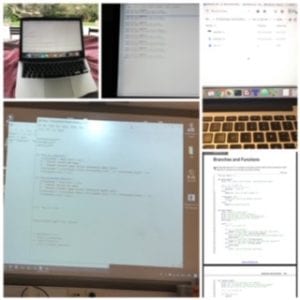
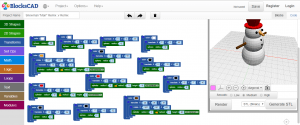
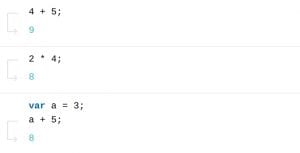



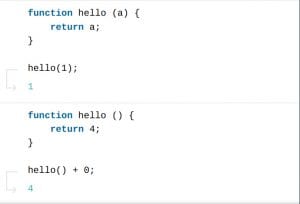
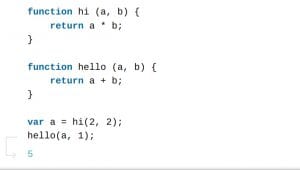
 our first attempt
our first attempt
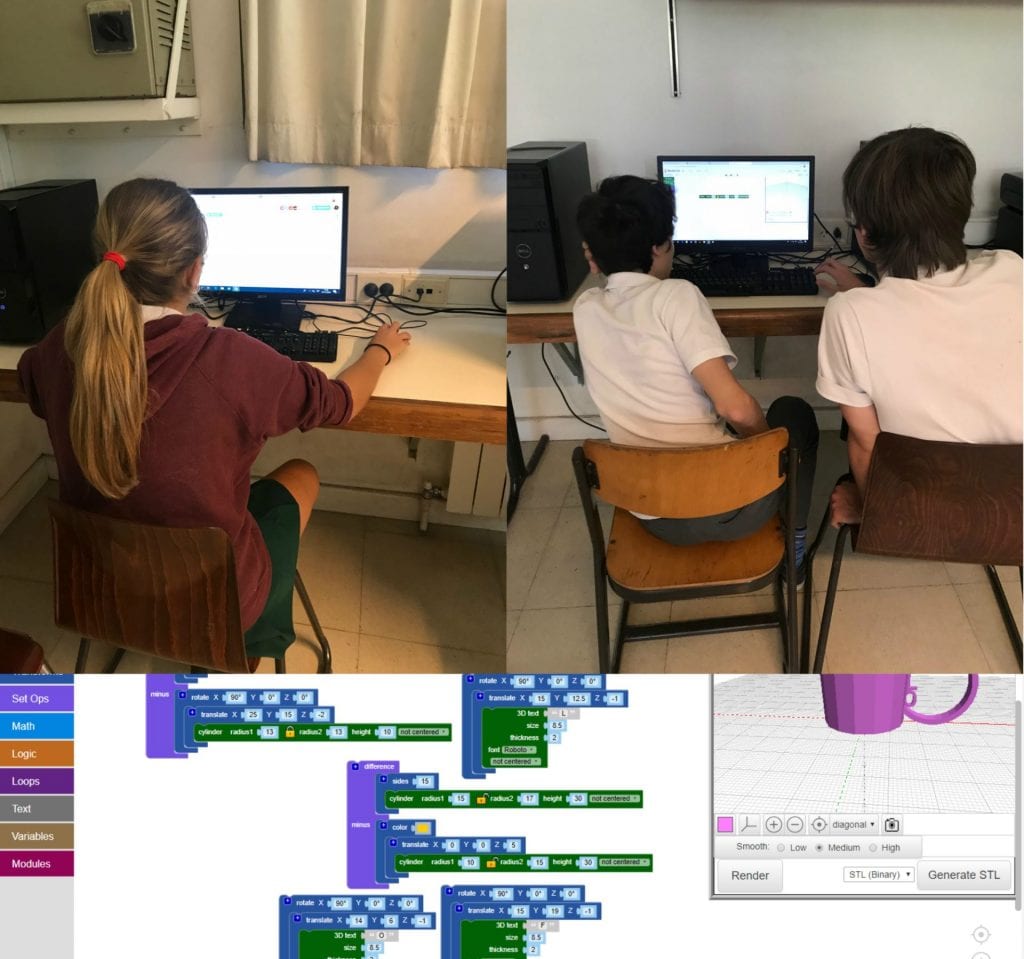 THE TEAM WORKING IN blockscad
THE TEAM WORKING IN blockscad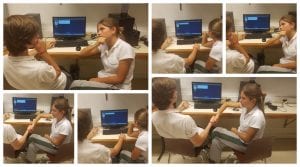 Trying to solve maths problems
Trying to solve maths problems

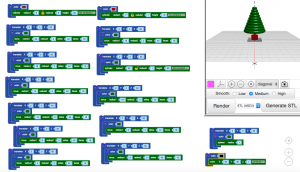
 BlocksCAD CEO
BlocksCAD CEO






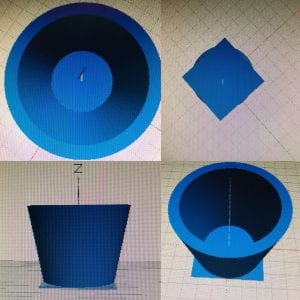 A fantastic GLASS
A fantastic GLASS
